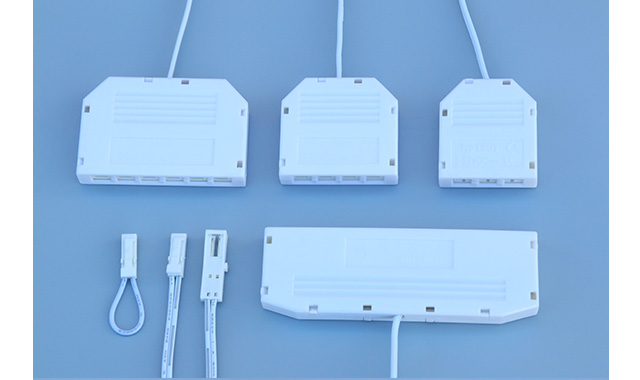LED junction box is a commonly used electrical accessory in LED lighting systems, designed to connect and distribute power lines between LED fixtures. In LED lighting systems, proper and safe wire connections are crucial, and the LED junction box is designed to meet this need. This article will introduce the functions, features, and usage precautions of LED junction boxes.
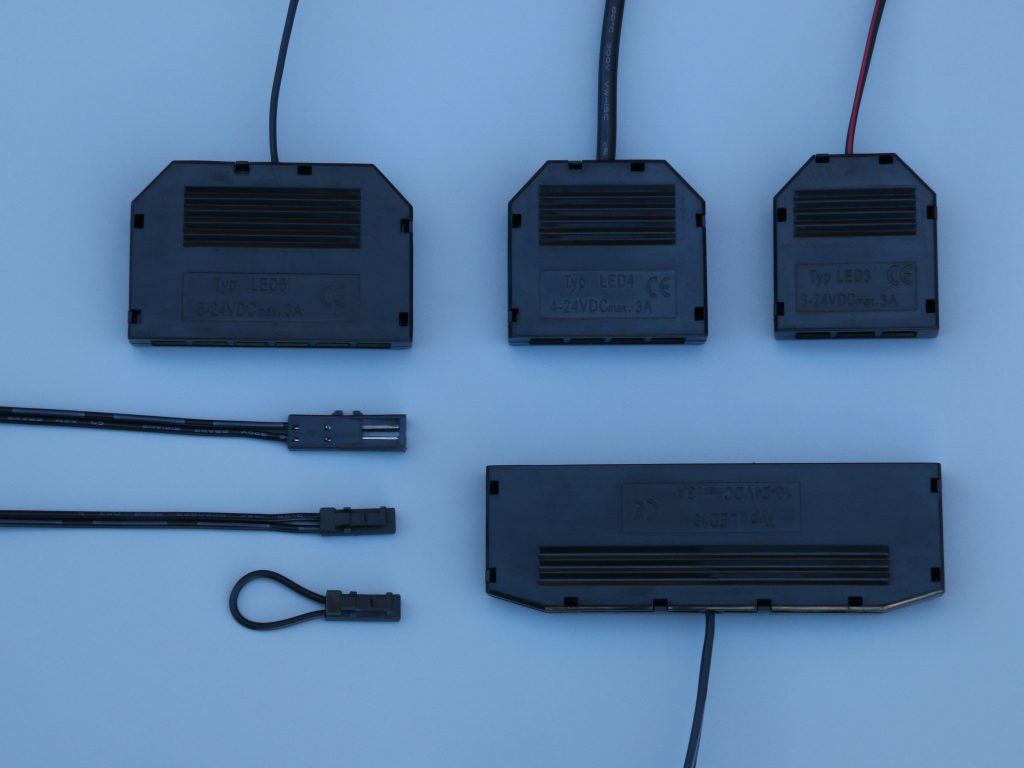
Functions:
The main function of the LED junction box is to connect power lines to LED fixtures and distribute power as needed. It typically has multiple ports, allowing users to connect multiple LED fixtures simultaneously, forming a unified lighting system. The junction box also helps manage wires, making the wire layout neater and reducing the risk of cable faults.
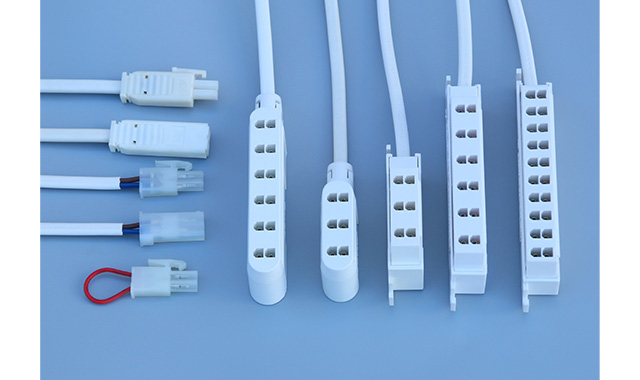
Features:
- Safety and Reliability: LED junction boxes are made of fire-resistant and flame-retardant materials, providing high heat resistance to ensure that they won’t cause fires due to electrical faults.
- Waterproof and Dustproof: Considering the frequent outdoor use of LED lighting systems, some LED junction boxes are designed with waterproof and dustproof features, ensuring normal operation in humid or dusty environments.
- Easy Installation: Most LED junction boxes feature a modular design, making installation straightforward. Users only need to plug and unplug the appropriate connectors according to their connection needs, without requiring professional electrical skills.
- Durable: Since LED junction boxes are usually located inside or near fixtures, their design considers durability. Features like shock resistance, vibration resistance, and oxidation resistance ensure that LED junction boxes maintain stable performance over long periods of use.
Usage Precautions:
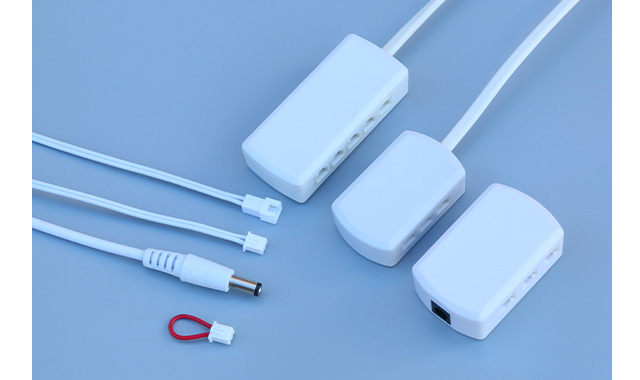
- Electrical Safety: Before connecting the power, ensure that the power is off, and check if the wire connections are correct to prevent short circuits and electric shock risks.
- Reasonable Load: LED junction boxes have a certain load capacity; do not exceed their rated load range to avoid damaging the junction box or posing safety hazards.
- Waterproof Treatment: If the LED junction box is used outdoors, ensure its waterproof and dustproof performance by using appropriate sealing tapes or adhesives.
- Regular Inspection: Regularly check the working status of the LED junction box to ensure proper connections and no loose or damaged components.
- Compliance with Standards: When installing and using LED junction boxes, adhere to relevant national or regional electrical safety standards to ensure compliance with legal regulations.
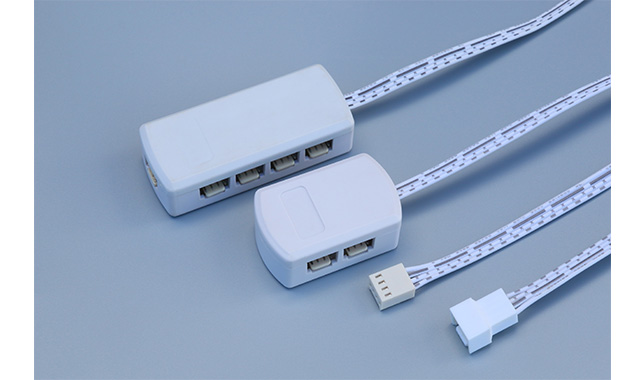
In conclusion, the LED junction box plays a crucial role in connecting and distributing power in LED lighting systems. Its rational design and use can enhance the efficiency of LED fixtures and ensure the safe and stable operation of lighting systems. When selecting and using LED junction boxes, users should choose the appropriate model based on actual needs and strictly follow the instructions for installation and maintenance.

